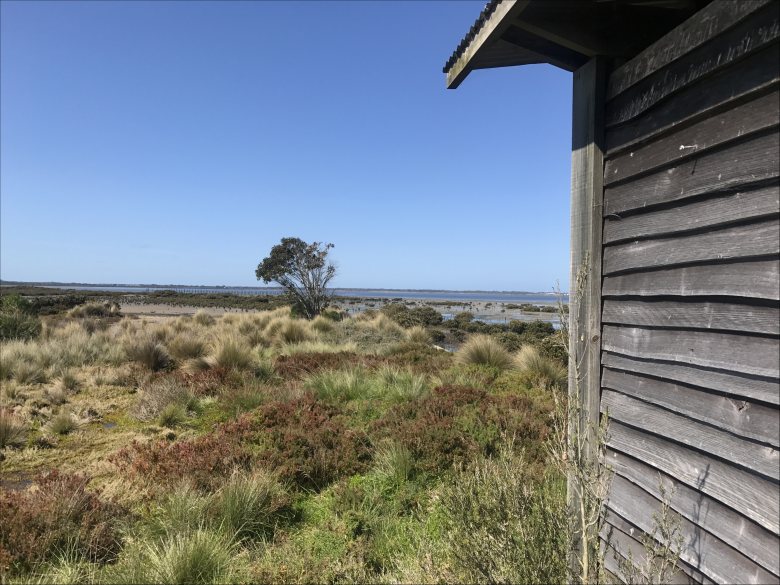A lovely township with a rich history and a bright future, surrounded by dairy country.
Toora is a small, historic township situated between Foster and Welshpool. Nestled in the hills above town are 12 wind turbines and Victoria’s highest single-span waterfall, Agnes Falls. Toora offers visitors breathtaking views of Wilsons Promontory National Park, the view from the lookout at Silcocks Hill Road is particularly impressive.
Things to see and do
Toora is located 180 kilometres south-east of Melbourne, around 2.5 hours along the South Gippsland Highway or 13 kilometres east of Foster and approximately 12 kilometres from Agnes Falls.

Various events are regularly held in Toora, and the town's Pear Party at the Heritage Orchard is an annual highlight.

